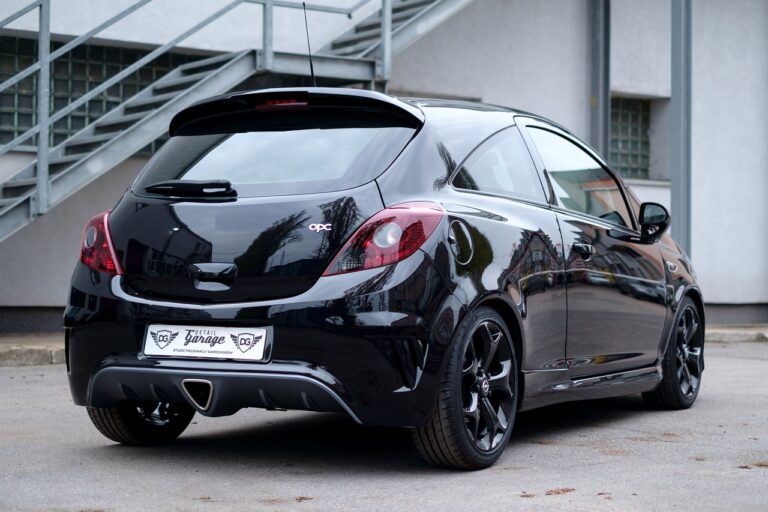Exploring the Connection Between Car Design and User Experience Dynamics
When it comes to creating a comforting environment inside a vehicle, the layout of the interior plays a crucial role. The placement of controls, the arrangement of seats, and the use of materials all contribute to the overall comfort experienced by passengers. A well-thought-out interior layout can enhance the driving experience by providing easy access to essential features and ensuring that passengers feel relaxed and at ease during their journey.
Furthermore, a thoughtful interior layout not only impacts the physical comfort of users but also their mental well-being. A clutter-free and well-organized interior can create a sense of calm and orderliness, reducing stress and enhancing the overall enjoyment of the ride. By considering the needs and preferences of users when designing the interior layout, automotive manufacturers can create a space that promotes relaxation and contentment, leading to a more pleasurable driving experience for all occupants.
• A well-thought-out interior layout enhances the driving experience
• Placement of controls, arrangement of seats, and use of materials impact overall comfort
• Clutter-free and well-organized interiors create a sense of calm and reduce stress
• Consideration for user needs and preferences leads to a more pleasurable driving experience
How Exterior Styling Influences Driver Perception
Exterior styling plays a crucial role in shaping the driver’s perception of a vehicle. The design elements, such as the shape of the headlights, grille, and body lines, all contribute to the first impression a driver has when approaching a car. A sleek and streamlined exterior design can convey a sense of modernity and sophistication, while a more rugged and boxy design may suggest durability and strength.
Moreover, the color choices and finishing details of a vehicle’s exterior can also impact a driver’s perception. Bright and bold colors may evoke a sense of energy and excitement, while more muted tones can create a feeling of elegance and subtlety. The quality of the exterior materials and the attention to detail in the design can further influence how a driver perceives the overall aesthetic and perceived value of the vehicle.
The Role of Dashboard Design in Enhancing User Interaction
Dashboard design plays a crucial role in enhancing user interaction within a vehicle. The layout and placement of controls, gauges, and displays greatly impact the user experience, making it easier for drivers to access important information and functions while on the road. A well-designed dashboard should be intuitive and user-friendly, allowing for seamless interaction without causing distractions or confusion for the driver.
Furthermore, the aesthetics of the dashboard design can also influence user perception and satisfaction. A visually appealing dashboard can create a sense of luxury and sophistication, enhancing the overall driving experience. By incorporating sleek lines, high-quality materials, and modern styling elements, automakers can create a dashboard design that not only functions well but also adds to the overall appeal of the vehicle’s interior.
How important is dashboard design in enhancing user interaction?
Dashboard design plays a crucial role in enhancing user interaction by providing easy access to essential controls and information while driving.
What are some key considerations in dashboard design to improve user interaction?
Key considerations in dashboard design include placement of controls for ease of access, intuitive layout for quick navigation, and clear visibility of important information.
How does interior layout impact user comfort while using the dashboard?
The interior layout of a vehicle can impact user comfort by affecting the reachability of controls, visibility of displays, and overall ergonomics of the driving experience.
Can exterior styling influence driver perception of the dashboard design?
Yes, exterior styling can influence driver perception of the dashboard design by setting expectations for the overall aesthetics and functionality of the interior space.
What role does user feedback play in improving dashboard design for enhanced interaction?
User feedback plays a critical role in improving dashboard design by providing insights into usability issues, preferences, and areas for enhancement to better meet user needs and expectations.





